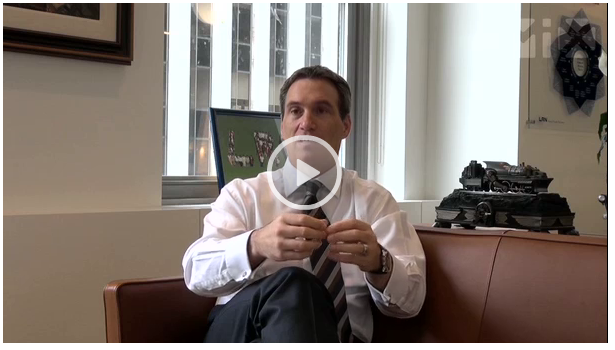Penguins have been living in an environment of change for quite some time now. The polar ice caps have been melting and freezing since time began, in a constant state of flux. Although it is up for debate as to what has been causing it, what is unquestionable is that the pace of change in the melting of our ice caps has increased dramatically. Penguins who once had free reign over a large solid territory, now face new challenges and threats. The penguins in our video who respond quickly and collaborate are able to avoid the immediate threat and survive in an increasingly disconcerting and unpalatable environment.
The reality of the global situation for people in organisations is that like our penguin friends in the video, we are confronted by a speed of multidimensional external change that challenges our ability to interpret, understand, decide and implement solutions in a collaborative and unified way.
Dov Seidman proposes that in the past, what we did (products, services, business models) mattered, and differentiated us from the competition... in 2013 what we do will only get us on the playing field. It is how we play the game once we're in it that will determine our ultimate success or failure.
A recently released report by the Corporate Executive Board (CEB) on Breakthrough Performance in New Work Environment surveyed 1,630 executives from 8625 companies across 93 countries, analysed the most prevalent trends and challenges facing the current business climate, and recommended areas of focus for attaining high performance in 2013. One of the strongest recommendations was to "redefine employee roles to emphasize collaboration and broader organisational impact." The CEB proposed Enterprise Contribution, which they define as Individual Performance + Network Performance, as their model for high performance in 2013. They suggest that executives shift focus from solely valuing an individual's contribution in executing individual tasks and assignments, to also recognising individuals' effectiveness at improving the performance of others broadly across the organisation.
CEB's analysis from 23,339 employees showed "that those organisations who shifted the spotlight from Individual Performance to maximising Enterprise Contribution significantly outperformed their peers. Firms that were able to move more employees to high levels of Enterprise Performance realized a 10% improvement in profitability, compared to a 5% improvement for those who emphasized and achieved high levels of individual performance alone."

So, what explicitly does the CEB recommend can be done within organisations to harness the power of collaboration?
- Re-write employee roles and job descriptions to include the "Three Cs" of strong enterprise contribution:
- Connector: Co-workers and peers who are jointly responsible and accountable for work outcomes, in both formal and informal collaboration projects.
- Contributor: Being a willing provider of input to the work of others, as required.
- Consumer: Actively seeking out ideas and inputs from others when involved in collaboration projects.
- Manage collaboration over discrete work tasks. Managers make concerted efforts to provide employees with support from connectors, coaches and peers. The CEB report identifies only 40% of employees canvassed state that their manager is able to connect them effectively with key co-workers.
- Invest time in building complementary work teams. On selected critical projects, formally create work teams in ways that utilise complementary strengths. Avoid disrupting effective teams, ensure team stability and keep key elements of collaborative teams intact from project to project.
- Emphasize 'network management' alongside knowledge management. Map and document key relationships within and between working teams. Actively reflect and document connections essential to collaborative projects.
- Encourage and enable collaboration with external partners. Create opportunities for strong working relationships for interdependent work and informal communication.
Exponential change is undeniably one of the most challenging threats facing the new work environment. Success in 2013 will come to those willing to adapt and explore innovative methods for connecting colleagues who together can create the building blocks for future success. How we behave our way to success is the springboard to cultivate higher levels of efficiency and productivity.
One of the most powerful behavioural tools we have at our disposal is well designed frameworks for teamwork and collaboration across organisations. How well is your organisation equipped to utilise collaborative behaviour as a source of competitive advantage in 2013?
- - -
© 2013 Team Alchemy. Click here to read about the Team Alchemy writers.





Leave a Comment
Required fields are marked *.